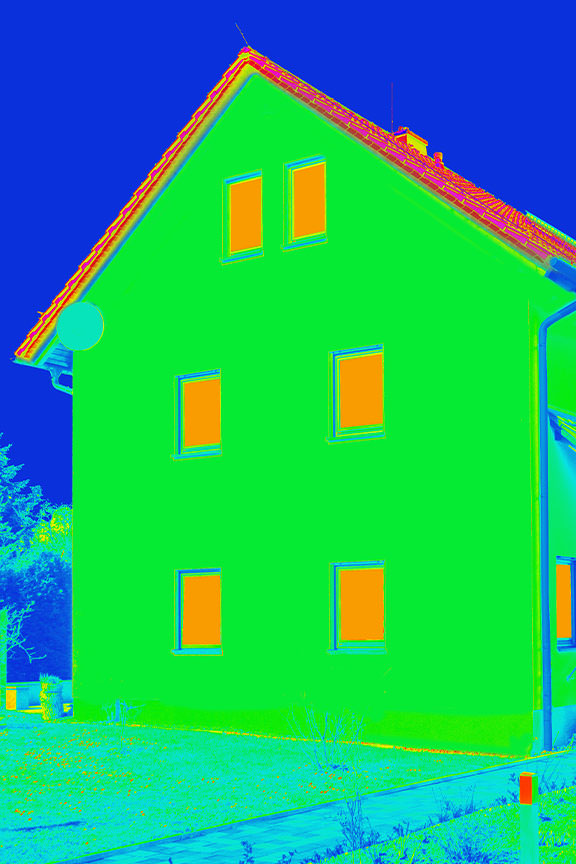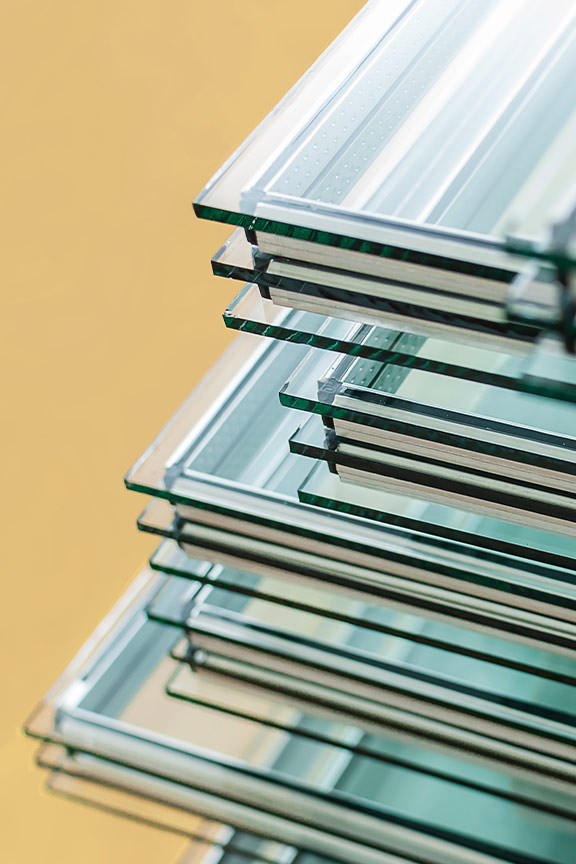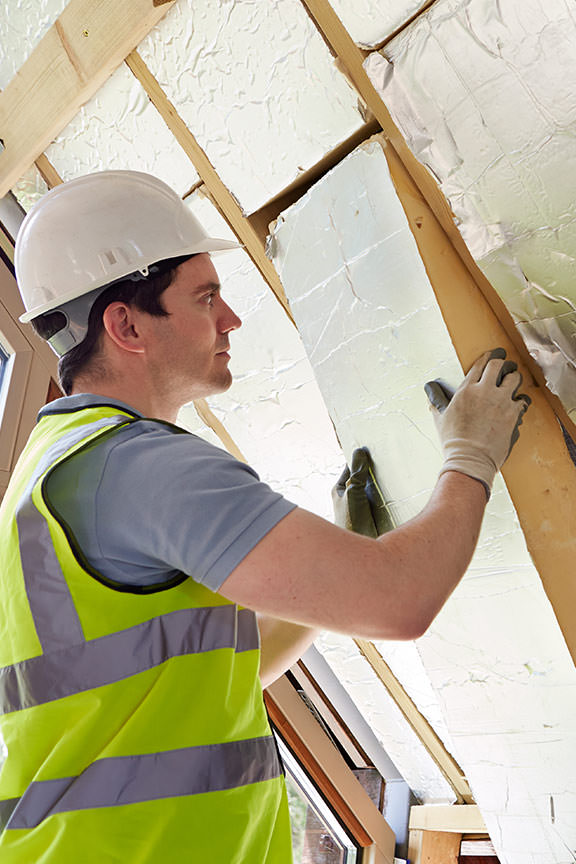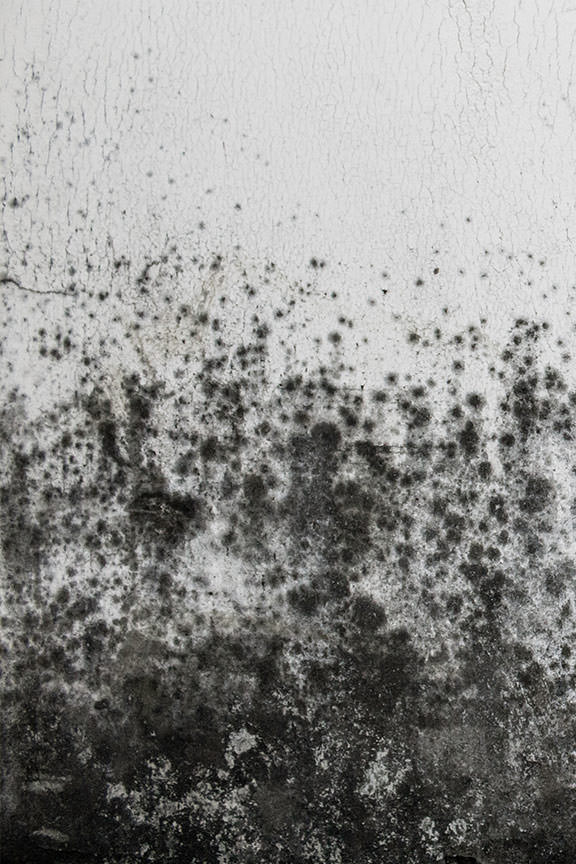Helping you understand & reduce Heat Loss
All you need to know about Heat Loss
All you need to know about Heat Loss
Understanding Heat Loss in Conservatories and Extensions
Conservatories and extensions can add valuable living space to your home. However, they are often inefficient in retaining heat. Heat loss through conservatory and extention roofs occurs primarily through conduction, convection, and radiation. Therefore, understanding these processes and how they affect your space is essential to maintaining a comfortable and energy-efficient property.

Types of Heat Loss
- Conduction
Heat transfers from the warm interior through the roof materials to the colder exterior. This issue is common with standard glass, which allows heat to escape rapidly.
- Convection
Warm air rises and escapes through gaps or joints in the roof. Consequently, this leads to drafts and a continuous cycle of heat loss.
- Radiation
Heat radiates from the interior surfaces of the roof to the cooler outside surfaces. This can be particularly problematic with large glass areas that lack proper insulation.
Measuring Heat Loss
Heat loss is measured in U-values (W/m²°C), with lower values indicating better heat retention. Here are typical U-values for common conservatory or roof lantern materials:
- Glass
5.8 W/m²°C
- Polycarbonate
3.0 W/m²°C
- Double Glazing
2.8 W/m²°C
- Insulated Glass
1.4 to 1.2 W/m²°C

Factors Affecting Heat Loss
Several factors influence the amount of heat lost through a conservatory roof. For example:
- Roof Material
Different materials have varying insulation properties. For instance, insulated glass and composite panels offer superior thermal performance.
- Glazing Type
Toughened or double-glazed glass retains heat better than standard glass, reducing both conduction and radiation losses.
- Number of Glazed Panels
More panels increase the surface area for heat loss. Therefore, it is crucial to consider the overall design of your conservatory.
- Quality of Seals/Joints
Proper sealing reduces convection heat losses, ensuring that warm air remains inside your conservatory.
- Roof Insulation
Insulating materials slow down conduction losses, making your conservatory more energy-efficient.
- Roof Pitch
Steeper roofs can increase convective heat losses, as warm air rises and escapes more easily.
- Direction Faced
South-facing roofs gain more solar heat, which can offset some heat loss during the day.
- External Shading
Overhangs or eaves can reduce heat gain in summer. Additionally, they also play a role in reducing heat loss during colder months.
- Internal Blinds
Help reduce heat loss through radiation and convection at night, adding an extra layer of insulation.
- Outside Temperature
Greater temperature differences between inside and outside drive more heat loss, making proper insulation even more important.

Reducing Heat Loss
To minimise heat loss, consider the following strategies:
- Install Thermal Insulating Blinds
The blinds offered by Alight Lantern Blinds provide an additional barrier against heat loss.
- Use Insulated Glazing Units
These units are designed to provide better insulation, reducing both conduction and radiation losses.
- Seal Leaks and Gaps
Ensuring that all joints and seals are properly fitted can significantly improve heat retention.
- Add Roof Insulation
Consider panels or specialised roof insulation products to slow down heat loss through conduction.
- Upgrade Roof Material
Replacing your current roof with insulated composite panels or a tiled roof with added insulation can greatly enhance your conservatory’s energy efficiency.
Impacts of Heat Loss
Excessive heat loss through a conservatory roof can lead to:
- Discomfort
Cold drafts and chilly room surfaces can make your conservatory less enjoyable.
- Higher Energy Bills
Increased heating requirements can drive up your energy costs.
- Condensation
Can cause mold growth and damage to your conservatory’s interior.
- Furniture Damage
Dampness from condensation can lead to damage to your furniture and fittings.
- Noise During Rain
The amplified sound on glass or polycarbonate panels can be distracting, especially during heavy rainfall.
